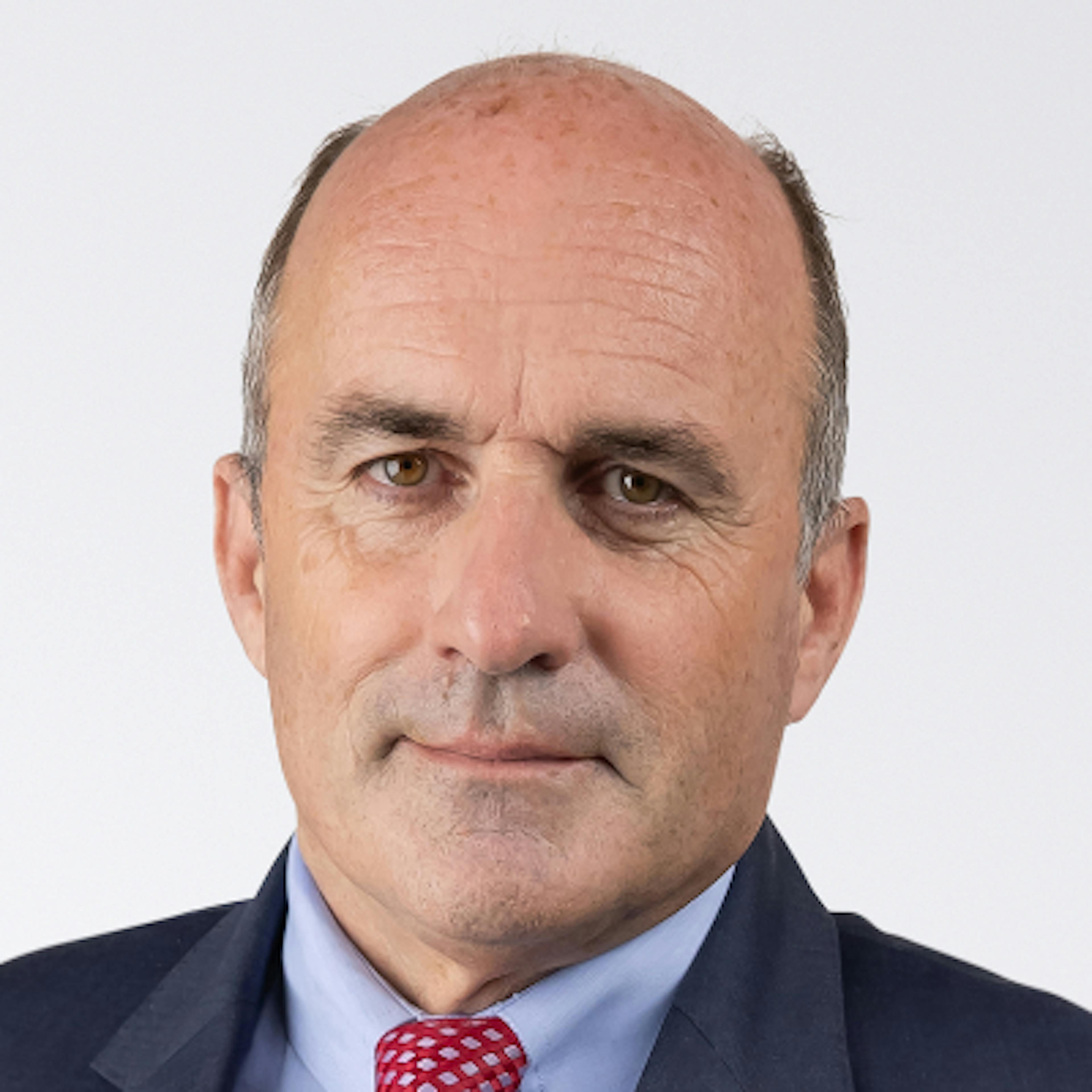
New investment themes for a new economic landscape
The new economic landscape that’s taking shape against a backdrop of inflation stands to create investment opportunities in manufacturing, Japanese stocks, and emerging-market debt, explains Frédéric Leroux, a member of Carmignac’s strategic investment committee.
The surge in inflation seems to have calmed in recent weeks. What are your thoughts on that?
Frédéric Leroux: As we’ve mentioned several times for more than a year, there are a number of reasons why we believe both global inflation and interest rates will remain structurally higher: demographic trends, a probable shift away from globalisation and towards the reshoring of production capacity, efforts to speed the pace of the energy transition, and the end of Pax Americana. This will create more accentuated swings in the business cycle – that is, the cycle of economic expansion, contraction, recession or depression, and recovery – and bring in new investment opportunities.
But a more cyclical economy isn’t good news for investors – or is it?
F.L.: We’ll have to adjust to the new economic landscape and gradually orient our investment portfolios towards themes that can perform well in an inflationary environment, while also factoring in the swings we’ll see in the business cycle in the near term. These swings will call for a proactive approach to asset management – one that can respond effectively to not just inflation but also disinflation (a slowdown in the rate of consumer-price growth).
What will that mean for your investment strategies?
F.L.: In our bond portfolios, for example, our holdings were impacted by the war in Ukraine, but we later positioned them for the prospect of higher yields as a result of rate hikes by central banks. We also aimed to take advantage of investors’ extremely bearish stance towards corporate bonds, as we believe the yields on these bonds factor in default rates – or the possibility that issuers won’t be able to service their debt – that are too high relative to the economic fundamentals.
How is that?
F.L.: Our assessment of the fundamentals incorporates the fact that policymakers have become less willing to endure an economic slowdown, meaning that considerable fiscal stimulus will be rolled out in tandem with the rate hikes currently under way. The hikes will probably be modest relative to the level of inflation, implying that, according to us, real interest rates – that is, interest rates after adjusting for inflation – will soon slide back into negative territory. Looking to the medium term, we expect the US dollar to weaken during the next economic rebound, which will be driven by cyclical economies, and the weaker dollar will make emerging-market debt more attractive.
What about stocks?
F.L.: The prospect of recurring waves of inflation has prompted us to reconsider investment themes in the stock market that have been set aside in recent years.
For example?
F.L.: Considering just how much the energy transition is exacerbating inflationary pressure, we understand that the transition can’t take place effectively without the involvement of today’s oil and gas majors. These companies will have a significant role to play and are some of the biggest investors in renewables. We have therefore decided to work judiciously with those “transitioners” that are firmly committed to promoting clean energy through policies that are in line with our socially responsible investment criteria.
Any other examples?
F.L.: In the same contrarian bent, we’ve taken a renewed interest in Japanese stocks. These stocks have fallen short of their potential to deliver strong returns and foreign investors have been shying away from them for years, even though Japanese companies are underpriced according to all standard valuation methods. What could trigger a rally in these stocks is a rise in Japanese interest rates, which would spark a sustained appreciation in the yen. This could be a big draw for foreign investors who have been put off by the country’s feeble currency for the past 12 years. In this regard, investments in Japanese banks and in sectors that stand to benefit from a rebound in the domestic economy could be an attractive way to regain exposure to the country.
One last example ?
F.L.: There are several forces at work that we believe will create attractive long-term opportunities in the manufacturing sector. These firms are getting a boost from efforts to step up the transition to clean energy and to reshore production capacity in strategic industries after the pandemic made it clear how dependent many countries are on distant trading partners. Europe in particular should offer many promising investments in the manufacturing theme. Looking ahead to the new global economic landscape, we intend to take advantage of the opportunities it offers by capturing the revival of entire segments of the manufacturing sector and honing our market timing so as to position our portfolios for the return of the business cycle.
So these renewed cyclical swings will prompt a reshuffle in financial markets?
F.L.: Exactly. Owing to the long period of anaemic GDP growth, many companies and sectors have been underpriced and have taken a back seat to growth stocks – i.e. stocks whose earnings are not dependent on the business cycle – to the point where they’ve nearly been forgotten. These companies and sectors stand to gain from the next cyclical upswing, which will likely occur after the upcoming economic slowdown.
It sounds like the return of the business cycle will bring more opportunities than worries.
F.L.: The next cyclical upswing will create attractive opportunities for fund managers capable of benefiting from the higher interest rates and obtaining exposure to emerging countries. But in the near term, inflation will probably ease, and that will give a temporary boost to non-cyclical stocks. A more cyclical economy will accelerate the pace at which investors rotate their portfolios among different investment themes and asset classes, and confirm the added value of an active, flexible approach to managing global investment portfolios.
Related articles



